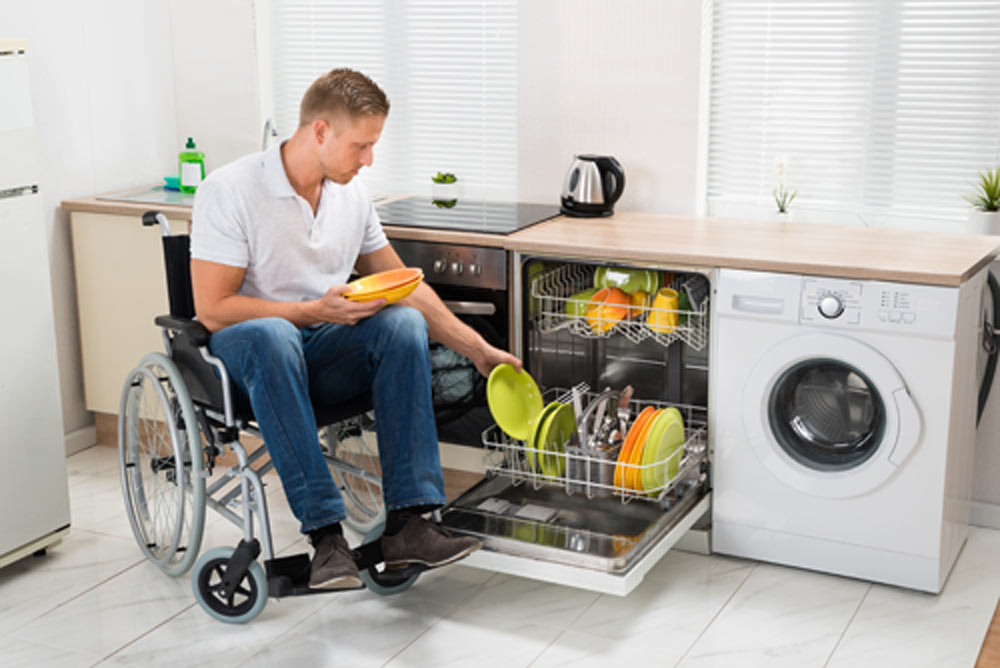The impetus for making a property more user-friendly for people with sensory impairments or mobility issues stems from various sources.
If you’re a little older and struggling to get around swiftly, tweaking your physical environment allows you to enjoy your family home for longer — and might be cheaper than selling, prior to finding a suitable property in a desirable area.
Alternatively, if you’re renting out a holiday home to disabled clients, it’s a no-brainer you’ll need to ensure they get their money’s worth by making full use of your property and its environs.
Any renovations incur a cash outlay, but initial investment is offset by returns from improved marketability and functionality.
So here are three ways to improve accessibility in your holiday or residential property.
- Residential lifts
Moving around a two-storey property when you’re confined to a wheelchair isn’t usually a viable proposition in the long-term.
So it’s important to formulate a solution that allows you or your guests to access every interior area at all times — in this scenario, health and safety should also align with accessibility, as anyone occupying upper floors must have an easy exit route in emergencies.
So installing a home lift from a firm like Dolphin Mobility might make a world of difference.
Supplying brands including Pollock Lifts, Stiltz and Terry Lifts, this supplier can advise on attractive domestic elevators that are robust enough to carry two people, as well as bulky mobility or medical equipment.
Once installed, these through-floor lifts whisk residents from a downstairs lounge to an upstairs bedroom quickly and conveniently.
- Wheelchair ramps
Naturally, there’s no point making major adjustments like stairlifts and room-to-room lifts unless they’re complemented by the appropriate external access.
If you’re refreshing a holiday rental property to make it suitable for patrons with diverse needs, installing a permanent wheelchair ramp is worthwhile — a quality tradesperson will ensure it lasts for years and anyone accompanying guests won’t suffer the inconvenience of unpacking a foldaway version.
However, buying a portable ramp from specialists like The Ramp People might be appropriate for your home provision — premium versions constructed from anodised aluminium with non-slip surfaces are long-lasting and light enough to be carried in vehicles for use during day trips.
With an external ramp and an internal lift, your property will be well on the way to meeting high standards for accessibility.
- Floor mats
Floor mats are de rigueur in most domestic and holiday properties — no one wants to drag dirt and detritus from outdoors into a squeaky-clean interior.
But mats really come into their own when enhancing health and safety throughout an accessible property — both for wheelchair users and walking guests with sensory impairments who might not be as aware of hazards as others.
Ordering a cable tidy mat from a supplier like The Mat Factory ensures no one will trip over loose wires from electrical equipment, while external mats with disposable sticky polyethylene layers are an excellent choice for keeping potentially harmful bacteria outdoors where it belongs.
So there are three ways to improve accessibility in your holiday or residential property — start your progress plan today and you’ll soon reap the benefits.
How did you make your property more accessible? Share your tips in the comments section.



